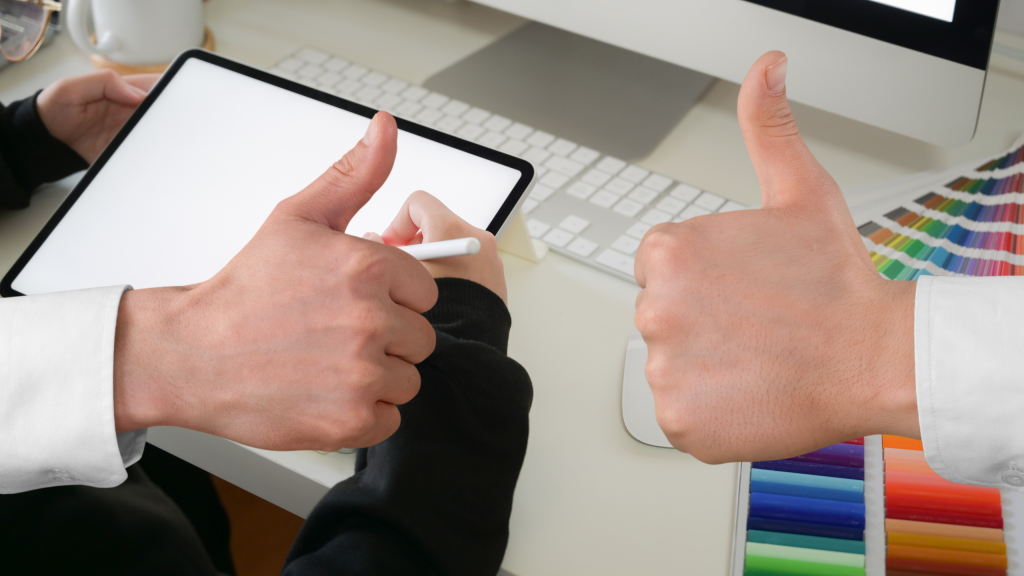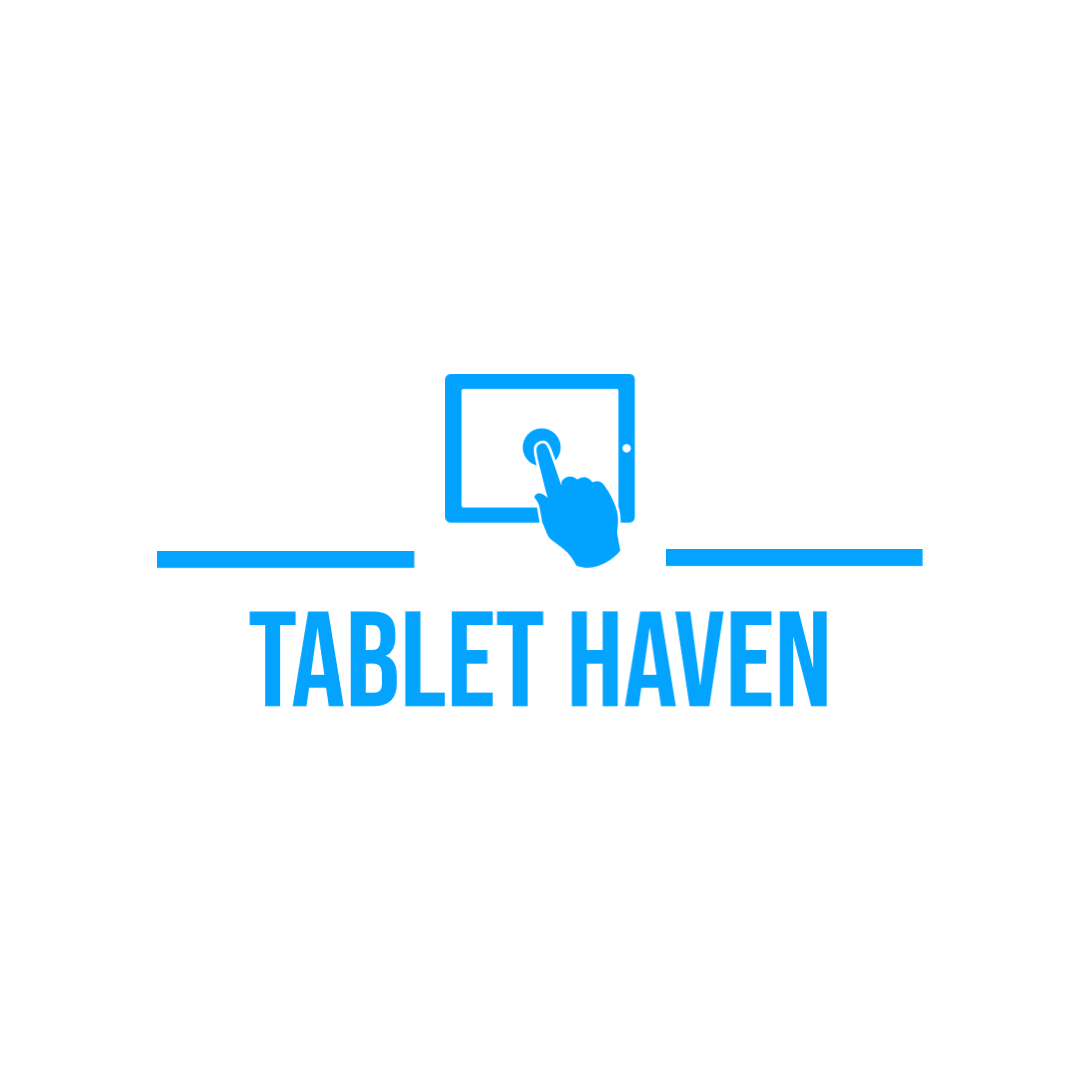Drawing and art itself has become very popular amongst young people nowadays, which is why drawing , digitalised art is so useful these days and we will discuss if a drawing is really worth it.
What is a Drawing Tablet?
A drawing is a computer input device that allows a user to hand-draw images, animations and graphics. The device usually consists of a flat surface on which the user can draw with a special pen-like stylus, and a sensor that tracks the position and movement of the pen.
Drawing tablets are used extensively in fields such as graphic design, animation and illustration. They are also used for handwriting recognition and for inputting handwritten notes into a computer.
The first drawing tablets were developed in the early 1880s (crazy, right?), and they have become increasingly popular in recent years as the cost of the technology has come down and the quality of the devices has improved.
What is The Difference Between A Graphic Tablet And A Drawing Tablet?
When it comes to graphic tablets and drawing tablets, there is a lot of overlap in their features. However, there are a few key distinctions that set them apart.
Graphic tablets are typically used for photo editing and design work, while drawing tablets are more commonly used for illustration and digital art. Graphic tablets usually have a larger active area, which makes them better for working with large images. They also typically have more buttons and features than drawing tablets.
Drawing tablets, on the other hand, are typically smaller and have a higher resolution, which makes them better for detailed illustrations. They also usually have a pen that allows for a more natural drawing experience.
The Benefits of Drawing Tablets

Increased Accuracy And Precision
One of the biggest benefits of using a drawing is that it increases your accuracy and precision. This is because you are able to control the placement of your cursor more accurately than you can with a mouse. This can be especially helpful when you are working on detailed projects, such as illustrations or designs.
Increased Productivity
Another big benefit of using a drawing is that it can help you to be more productive. This is because you can work faster and more efficiently with a drawing than you can with a mouse. This can be especially helpful if you are working on a project that is time-sensitive.
Increased Creativit
Using a drawing can help you to be more creative. This is because you are able to create more intricate and detailed designs with a drawing than you can with a mouse. This can be helpful for artists and designers who are looking to create unique and innovative works.
Increased Flexibility
A drawing can help you to be more flexible. This is because you are able to work in a variety of different positions with a drawing , whereas you are limited to working in a seated position with a mouse. This can be helpful for people who need to be able to work in different positions, such as artists who often need to be able to work on different canvases.
The Drawbacks of Drawing Tablets

There are a few drawbacks to using a drawing instead of a traditional pen and paper. The first is that a drawing can be quite expensive, depending on the features you need. They can also be difficult to use at first, as you need to learn how to control the cursor using the instead of your mouse. Finally, drawing tablets can be bulky and take up a lot of space, which can be a problem if you’re working on a small desk.
Frequently Asked Questions
How Do Drawing Tablets Without Screens Work?
One of the most common questions we get asked is how do drawing tablets without screens work? The answer is that they use a technology called electromagnetic resonance (EMR).
EMR is a technology that uses an electromagnetic field to create a current in a conductor. In the case of drawing tablets, the conductor is the pen and the electromagnetic field is created by the . This current is what allows the pen to track its position on the .
The strength of the current created by the EMR is what determines the resolution of the . The higher the current, the more resolution you get. This is why drawing tablets with screens have a higher resolution than those without screens.
The other thing you need to know about EMR is that it can only be used in a closed loop system. This means that the and the pen need to be in close proximity to each other in order for the current to be created. This is why drawing tablets without screens tend to be smaller than those with screens.
What is The Best Program For Drawing With Tablets?
There are a number of different programs that can be used for drawing with tablets. Some of the most popular programs are Photoshop, Illustrator, and Inkscape. Each program has its own strengths and weaknesses, and it can be difficult to decide which program is the best for you.
Photoshop is a very popular program for drawing with tablets. It has a wide variety of features and options, and it is very versatile. However, it can be quite complex and difficult to learn.
Illustrator is another popular program for drawing with tablets. It is also very versatile, and has a wide range of features. However, it can also be difficult to learn, and is not as widely used as Photoshop.
Inkscape is a less popular program, but it is still a very good option for drawing with tablets. It is much easier to learn than Photoshop or Illustrator, and it has a lot of features that make it a good choice for artists.
Are Drawing Tablets With Screens Better?
This is a question that has been asked by artists for years, and the answer is not always clear. There are a few things to consider when trying to decide if a drawing with a screen is better than one without a screen.
The main benefit of a drawing with a screen is that you can see what you are drawing on the screen. This can be helpful for artists who are new to drawing or who are not used to working with a digital medium. It can also be helpful for artists who are trying to achieve a specific result and need to see how their drawing is progressing.
The main disadvantage of a drawing with a screen is that it can be difficult to use the pen to draw on the screen if the is not positioned in the correct spot. This can be a problem if you are trying to work on a project that is on a different surface than the .
Overall, whether a drawing with a screen is better than one without a screen depends on the individual artist’s needs and preferences. If you are new to drawing or if you need to be able to see your work as you are drawing, then a drawing with a screen is probably a better option. If you are comfortable drawing without seeing your work as you go, then a drawing without a screen may be a better option.
Conclusion
Creating beautiful art has never been easier, but also never been this expensive, fact is that the future will be completely digitalised in every aspect of our lives, which isn’t so bad considering the beauty people are able to create with it.


